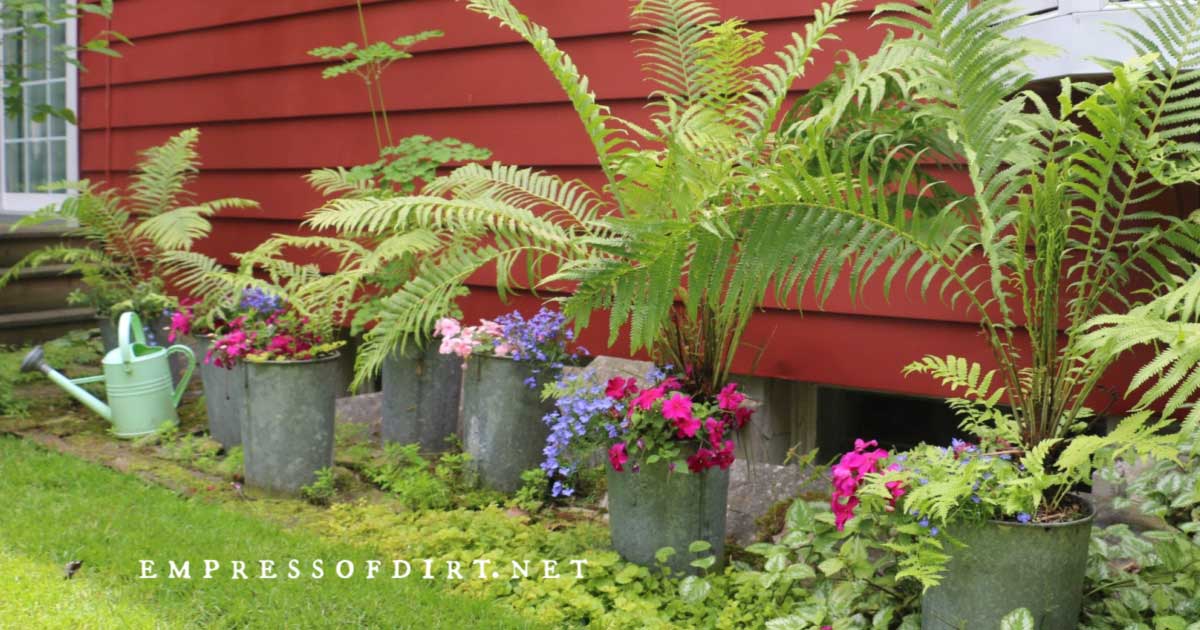Your cart is currently empty!

Unusual Gardening Tips

Whether you’re a seasoned gardener or a beginner, there are many gardening tips and techniques that can help you grow the perfect plants. But there are also many unusual tips that can add a bit of creativity to your gardening routine.
These tips will help you maximize space and produce a variety of food. From reusing coffee grounds as fertilizer to creating a sensory garden, there are many different ways to up your gardening game!
Use Coffee Grounds as Fertilizer
If you’re trying to limit your use of synthetic fertilizers, you may have come across the idea of using used coffee grounds as a slow-release organic fertilizer. This is actually quite a good idea, as it offers plants a variety of nutrients they need in the form of nitrogen, potassium and phosphorus.
These three are known as the plant macronutrients, and they’re necessary for healthy growth. They are released into the soil over time and help improve the structure of the soil, giving it more stability and helping plants thrive.
This slow-release effect also helps keep your garden weed free. And while slugs and snails are a common problem in the garden, used coffee grounds deter them by providing them with a physical barrier they can’t penetrate.
If you’re interested in adding used coffee grounds to your compost, be sure they make up no more than 10 to 20 percent of the total volume of your compost pile. This is because they can inhibit good microbes and stop them from breaking down other materials in the compost.
Create a Sensory Garden
A sensory garden is a great place for children and people with disabilities to explore their senses and learn about the world around them. These gardens also promote health and wellness for all ages.
Sensory garden ideas are endless and can be tailored to your specific needs. For example, if you are creating a space for people with hearing loss, use plants that make different sounds such as rustling leaves or wind chimes.
Smell is another important part of the design of a sensory garden. Plants that release scent into the air, such as roses and geraniums, are popular choices.
Touch is also important for a sensory garden. Plants with a variety of textures including soft flowers, rough bark, and prickly seed pods are good choices for this purpose.
Water feature ideas are a must for this type of garden, as they generate soothing sounds and send cooling sprays across the plot. You can also introduce man-made additions such as wind chimes and water fountains.
Make Your Own Plant Containers
Whether you’re looking to brighten up your front porch or create a thoughtful gift, you can easily make your own plant containers from things you have around the house. Using something like an old dresser or vanity, a chest or even a hanging pocket organizer can be a fun and unexpected way to bring a little greenery into your home.
For a dazzling display, combining multiple types of flowers in one container is a great way to get some variety in your garden. This garden, for example, includes a mix of purple fountain grass and pumpkins, giving it a sense of timeless fall appeal.
Another way to add drama and interest to your planters is to fill them with textural plants that reach high. This homeowner did this by using spiky plants and caladiums to create a sense of height that contrasts well with the expansive expanse of her back garden.
Grow a Vertical Garden
A vertical garden is a great way to add color and interest to your home. You can grow flowers, herbs or vegetables on a wall indoors or outside.
If you don’t have the space for a regular garden, a vertical one can be just as effective. In addition to the benefits of saving space, vertical gardens can also save you money by growing plants that require less water and fewer nutrients.
You can easily grow a vertical garden in your home using trellises and planters. You can hang a trellis from a window, or add a trellis to your fence.
When choosing a vertical support, choose the right size and style for your space. Vines usually need more soil depth, so be sure to select a pot that will accommodate their roots.
by
Tags: